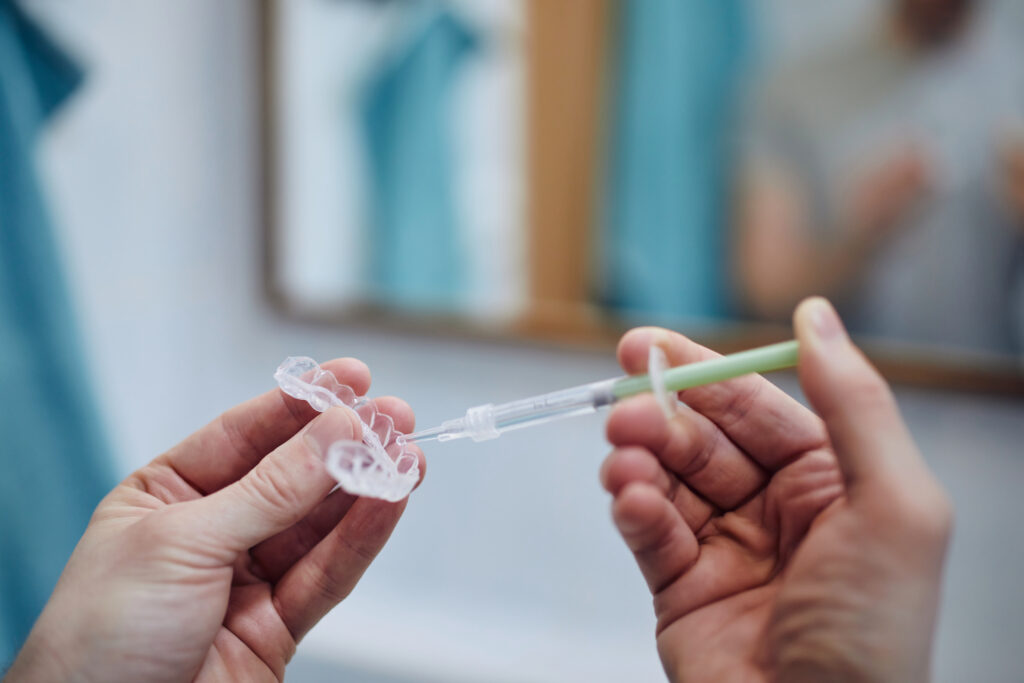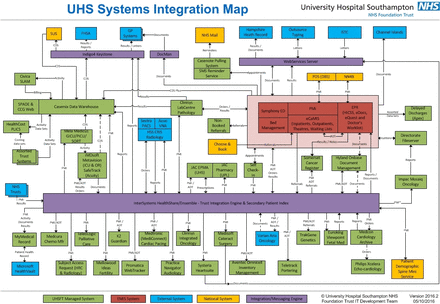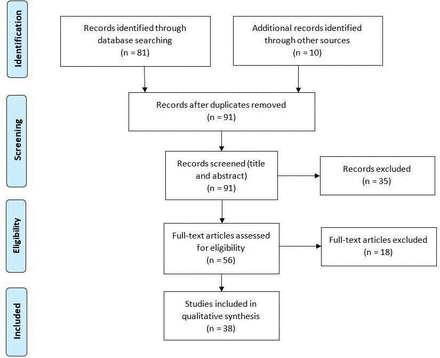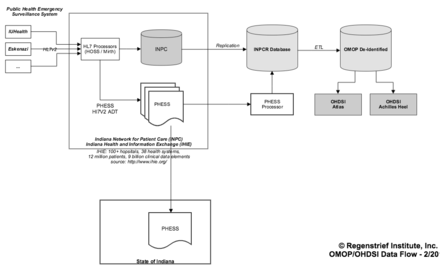Methods
Our study is a prospective observational study. In the absence of a standardised checklist for our study, we have adopted the Strengthening the Reporting of Observational Studies in Epidemiology statement16 to guide the study design. The statement covers the reporting of cohort, cross-sectional and case–control studies.
Since most NZ primary healthcare services and associated funding models operate within general practice, our sampling strategy consists of a national survey to describe the use of video and/or phone for NZ general practice consultations since the lockdown periods are associated with the COVID-19 pandemic. Consumers and general practice providers (doctors and nurses) will be invited to participate. The NZ lockdown period moved from alert level 3 (23 March 2020) to level 4 (25 March), returning to level 3 (27 April) and progressing to level 2 (13 May) and level 1 (8 June). A second short term and regionally targeted lockdown occurred in August moving the country to level 2 nationally with Auckland at level 3 temporarily. Just before the lockdowns started, general practitioners (GPs) were directed to conduct at least 70% of their consultations via video or phone or a combination of both. We have created two questionnaires (one for consumers and one for general practice providers, ie, GPs, nurse practitioners and registered nurses).
Data will be collected between 1 December 2020 and 30 June 2021. Ideally, we would have conducted the survey as close to the first lockdown as possible but the research team and governance establishment processes, questionnaire design, and ethical approval process caused delays.
This initial telehealth survey is designed to target providers and consumers who use general practice services, as this is how the bulk of NZ primary healthcare is delivered. However, follow-up surveys are planned. The next survey will cover telehealth in allied health services in primary care and a separate one will cover midwifery. This should enable the ability to develop a multidimensional understanding of telehealth in primary care in NZ.
Since a survey cannot be designed to cover all aspects of a research question, there is also a need for follow-up qualitative studies to explore and examine nuances that cannot be detected by a questionnaire, for example, sensitive aspects of consultations, the patient–clinician relationship, and decisions and policies about whether to use an in-person, video or phone modality for a consultation.17 18
Participants
Anyone (consumers) can participate if they are 18 years or older; have had at least one general practice consultation with their GP, nurse or nurse practitioner by phone or video after 23 March 2020; are able to understand English well enough to complete the survey; currently reside in New Zealand; and are able to confirm that they have understood what the study is about and agree to participate. Any general practice provider (doctor or nurse) can participate if they have conducted a consultation via phone or video after 23 March 2020.
Since this is a national study, and due to the increase in workload in general practice resulting from the changes brought about by the pandemic, individual consumers will not be identified or recruited by their general practice providers. We will disseminate the survey via the Royal New Zealand College of General Practitioners, the College of Nurses Aotearoa (NZ), the New Zealand Telehealth Leadership Group and other organisations that regularly communicate with clinicians. To recruit consumers, we will use social media such as Facebook and Twitter; the news media; and flyers and posters in healthcare services, for example, general practices. The questionnaires will be delivered online, and participants will self-select to complete them.
Variables
The questionnaire design has been informed by the UTAUT14 and theory of access to care.9 The UTAUT variables are perceived usefulness, perceived ease of use and effect of social influence on use. The access to care variables include accessibility, availability, affordability, service design, acceptability, implementation and design. The questionnaire contains questions about demographics, how a person accessed a telehealth consultation (eg, how they made appointments) and how the appointment occurred (eg, by phone or video or combination of both). It also contains questions about the acceptability of healthcare via telehealth and intention to use video and/or phone again for consultations (using the UTAUT). Some health outcome questions are also included, for example, able to make an appointment.
The most concerning potential confounder is the passing of time and possible normalisation of telehealth in general practice, or conversely a reversion to prelockdown preferences for in-person consultations. Some people may have forgotten or have imperfect memories of their experiences of lockdown, which in turn may skew the results. These confounders may be sources of bias, especially because of self-selection and self-reporting required to respond to the survey. However, we are also measuring intent to continue using telehealth in the future (as well as collecting data on past experiences), and future intentions will not be affected by time or memory.
Power calculation
The NZ population is 4 900 60019 with the Pacific population as the smallest at 8.3% of the total population. The Maori population accounts for 16.7% of New Zealanders.19
To calculate the power needed, we will assume that the percentage of Pacific people (because this is the smallest subpopulation) is 8.3%, and the main survey outcome is a binary value (satisfied with telehealth or not but that can be any other binary question as well). We will need 2000 total individuals to get a coefficient of variation (CV) of a maximum of 5% when at least 70% in the Pacific population is satisfied with telehealth. The other subpopulations are larger and therefore their CV is smaller, everything else being equal. The CV decreases as the satisfaction percentage increases.
Data analysis
As a descriptive study, the analysis will be divided into two parts. The analysis will be completed using ‘R’ and various applicable specialist libraries. The general format for the analysis will follow that of Wickham and Grolemund.20 The first phase is the descriptive analytics and exploratory data analysis. The results of the online questionnaire will be summarised to provide an overview of telehealth users’ experiences using packages such as ‘skimr’21 and special packages for Likert scales such as ‘likert’22 within the context of an opinionated data framework.23 Descriptive statistics to describe the central tendency and variation across each sample will be described then will be presented by packages such as ‘finalfit’.24 The exploratory data analysis will divide the population based on the outcome parameters such as whether the consumer was able to get their needs met via a telehealth consultation. Routine tests such as χ2 and analysis of variance along with similar non-parametric tests such as the Mann-Whitney U tests will also be undertaken.25
The second phase will be to develop explanatory statistical models, depending on the results of the exploratory data analysis. The approach will be on building exploratory analytic models to understand what factors explain the outcome parameters, such as whether the patient achieved a satisfactory outcome or not. Approaches such as logistic regression25 or a random forest analysis via ‘ranger’26 may well be applicable. This will enable the relative variable importance in contributing to the outcome variance to be considered via importance plots.27





